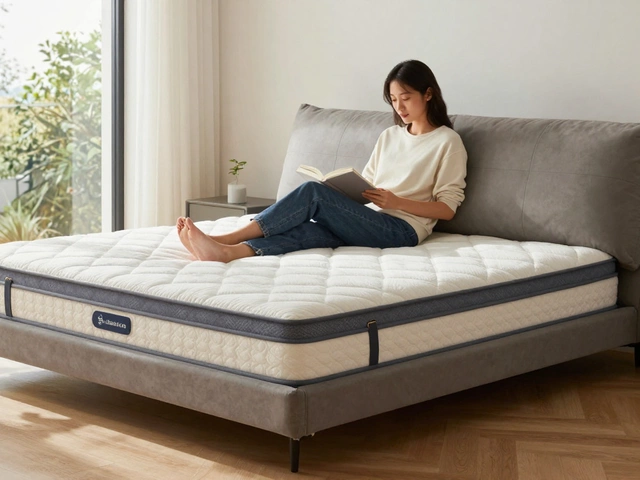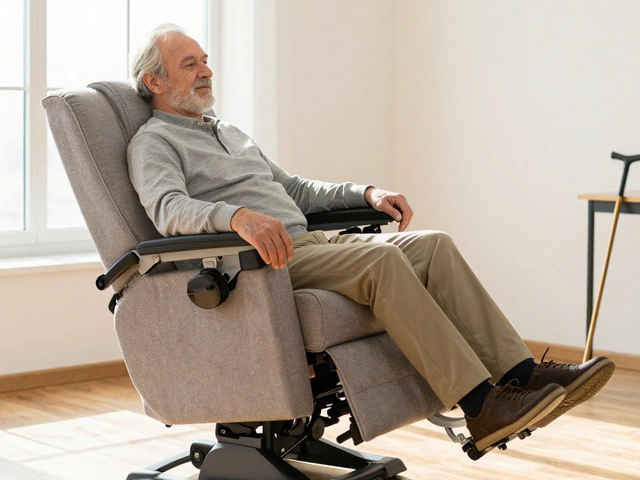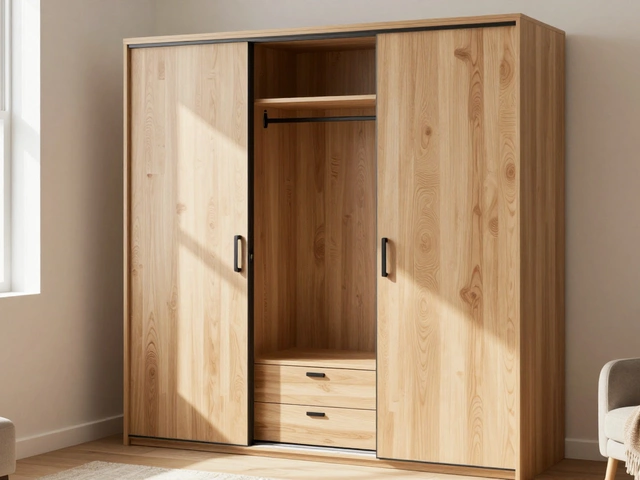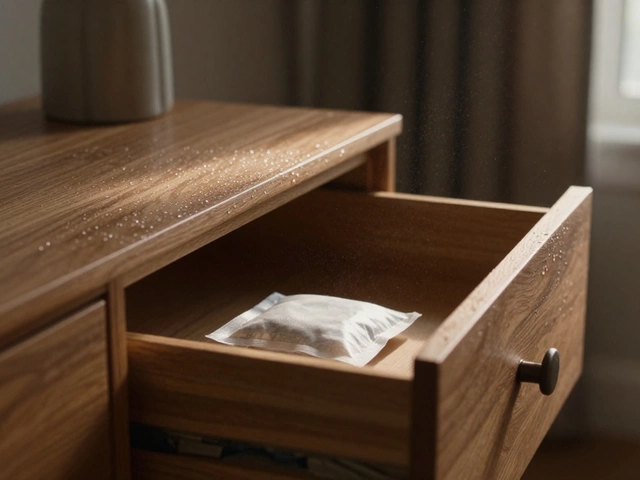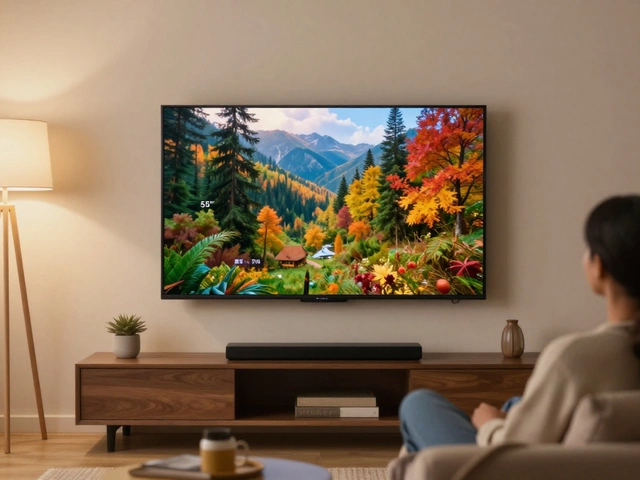Storage Units: Smart Tips to Keep Your Furniture Safe
Got a couch, coffee table, or a whole bedroom set that needs a temporary home? A storage unit can be a lifesaver, but only if you treat it right. Below are practical steps you can follow right now to make sure your pieces arrive at the new spot in perfect shape.
How to Prepare Furniture for Storage
Start by giving everything a good clean. Dust, pet hair, or food crumbs attract bugs and mold, so wipe down wood, fabric and metal with a mild cleaner. For upholstered items, vacuum thoroughly and let them dry completely before you pack.
Next, wrap each piece in breathable furniture covers or moving blankets. Avoid plastic sheeting that traps moisture; instead, use cotton sheets or specialized covers that let air flow. Secure the wrap with tape or stretch film, but don’t over‑tighten – you want the cover to move a little.
If you’re storing a sofa or a daybed, remove the cushions and store them separately. This prevents the cushions from getting crushed and makes it easier to fit the frame into tight corners.
Maximizing Space and Preventing Damage
Measure the interior dimensions of your storage unit before you rent. Most units list length, width and height, so you can calculate whether a 7‑foot sofa or a king‑size mattress will fit. Write down the biggest item and plan to bring that in first.
Place larger items against the back wall, standing them upright if possible. This frees up floor space for smaller tables, chairs and boxes. Use sturdy pallets or a clean sheet of cardboard under each piece to keep it off the concrete floor – this helps control moisture and makes cleaning easier.
Stack boxes on top of each other, but keep them at least six inches below the ceiling to avoid accidental crushing when the unit’s door closes. Heavy boxes go on the bottom, lighter ones on top, just like a pyramid.
For climate‑sensitive items like wooden coffee tables, add silica gel packs or a dehumidifier (if the unit allows). A dry environment stops warping and mold growth. Check the unit’s ventilation; good airflow reduces stale air and keeps everything fresh.
Don’t forget to label each wrapped piece with its room and dimensions. When you pull the unit open later, you’ll know exactly where everything belongs and won’t have to guess or move stuff around.
Finally, do a quick visual inspection every few weeks if you’re storing long‑term. Look for any signs of water leaks, mildew or pest activity. Catching a problem early saves you from costly repairs later.
Store smart, keep things clean, protect against moisture, and your furniture will thank you when you finally move it back in. Happy storing!
Does Furniture Go Bad in Storage? Everything You Need to Know
Worried your furniture might not survive a stint in storage? This article breaks down what really happens to sofas, chairs, and cabinets when they sit in storage. Learn what factors affect their condition, how to spot risk signs, and get real-world tips for keeping your stuff safe. You'll find out how long is too long, which problems to watch for, and easy ways to prevent costly mistakes. No jargon, just straightforward advice backed by real examples.
Does DampRid Work in Storage Units? Real Results and Smart Tips
Wondering if DampRid actually helps in storage units? This article breaks down how DampRid works, if it really fights dampness and musty smells, and where it shines (or falls short). Get practical tips for setting up your storage space so you don’t open the door to a moldy mess. Find out when you need something stronger—and what little tricks can make DampRid perform even better in real-life storage situations.


